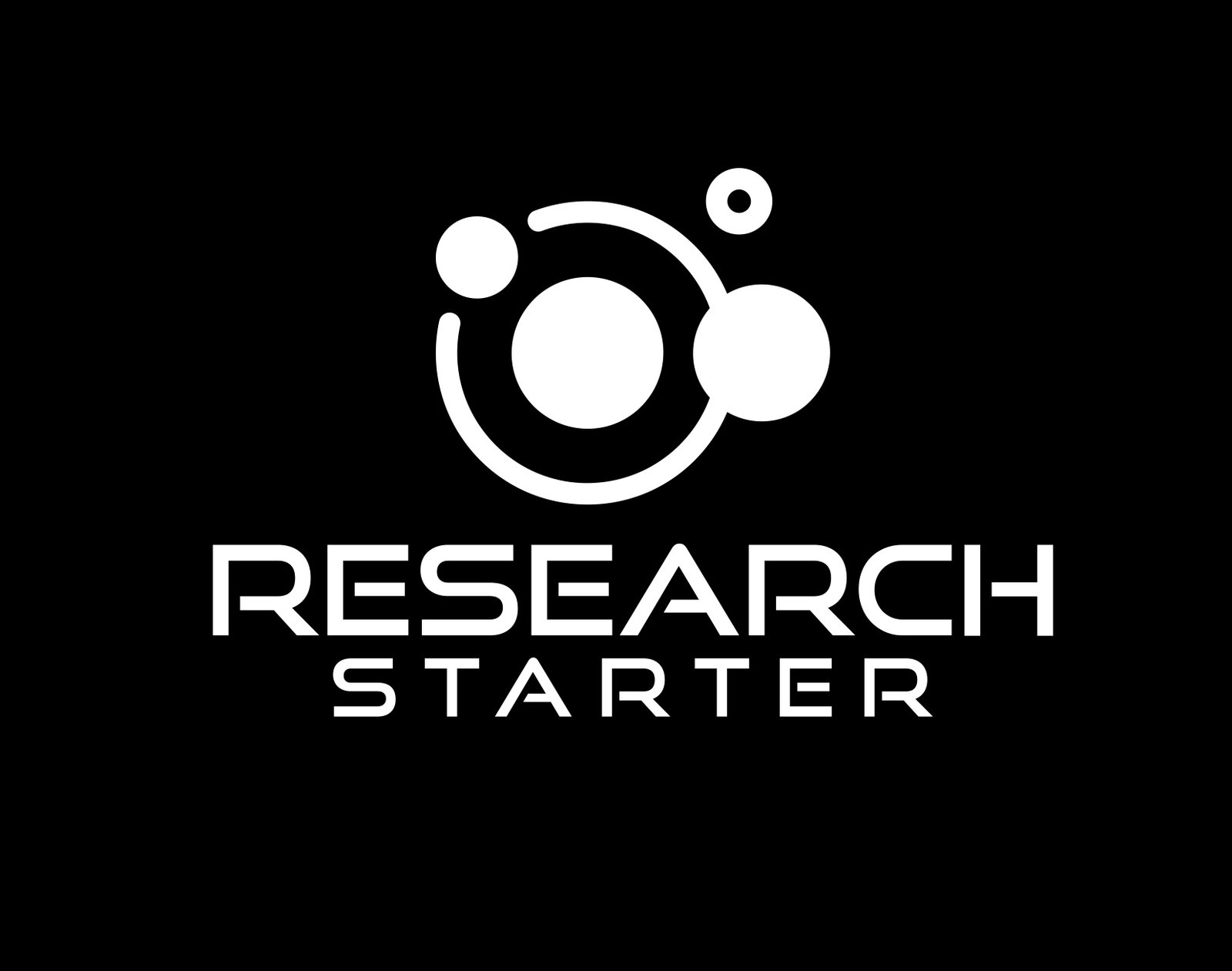Have you ever wondered about the origins of our universe?
We currently live in a grand and vast universe, with galaxies and stars scattered throughout. But how did it all start? The answer to this question has intrigued scientists for centuries, and their theories are constantly evolving as new information is discovered. So, if you’ve ever been curious about how our universe came to be, then keep reading!
Below is an overview of some of the current understanding of our universe\’s origin story. The generally accepted scientific theory on our universe’s beginnings is known as the Big Bang Theory. This suggests that at some point about 13.8 billion years ago, all matter and energy that would make up the entire universe was compacted into one unimaginably dense point. This point then expanded incredibly rapidly from virtually nothing, causing a massive explosion – hence, the Big Bang.
As the universe continued to expand, hot gases were formed which slowly cooled and started to form particles like protons and electrons. These particles eventually created atoms, which began to combine and create the first stars and galaxies. Before the Big Bang Theory was established, scientists proposed many different theories about how the universe originated. Most notably is the Steady State Theory, which suggested that rather than starting as one point and growing outward, the universe always existed in its same state indefinitely.
However, this idea was disproved by observations made through telescope technologies developed during the 1950s that found evidence of expanding galaxies throughout the universe – lending support to the Big Bang Theory, the four fundamental forces – gravity, electromagnetic force, weak nuclear interaction force, and strong nuclear interaction force (which hold together atoms) – emerged gradually. Together these four forces shape the laws of nature that help explain all observable phenomenon in our physical world today, such as motion and attraction between objects.
How these fundamental forces interact with each other still remains largely enigmatic and continues to stupefy cosmologists around the globe. As time went by following the Big Bang, stars and planets formed in orbit around them creating galaxies such as our own Milky Way Galaxy. Today we continue to observe newly forming stars and planets being created through processes called star formation nurturing them with radiation and gas until they reach maturity billions of years later.
At present there has been much speculation about what will happen next in our universe’s origin story. Some cosmologists theorize that eventually due to expansion over time, stars will become increasingly far apart making galaxies almost impossible to detect unless observed by highly advanced technology. Others predict that dark energy will increase so much so over time that regions of space become unpopulated voids with little or no star systems left within them at all.
No matter what happens or where our universe heads next in its evolution process, one thing is certain: Our universe has an excitingly long history behind it – yet plenty more secrets to discover ahead! From the soon-to-be ancient words of philosophers and authors to today’s astrophysicists studying distant nebulae through powerful telescopes; humans have been fascinated by exploring space since its birth billions of years ago.
So take a moment to think back on how it all began…then seek out further knowledge for us all to uncover in this constantly evolving journey through space!

